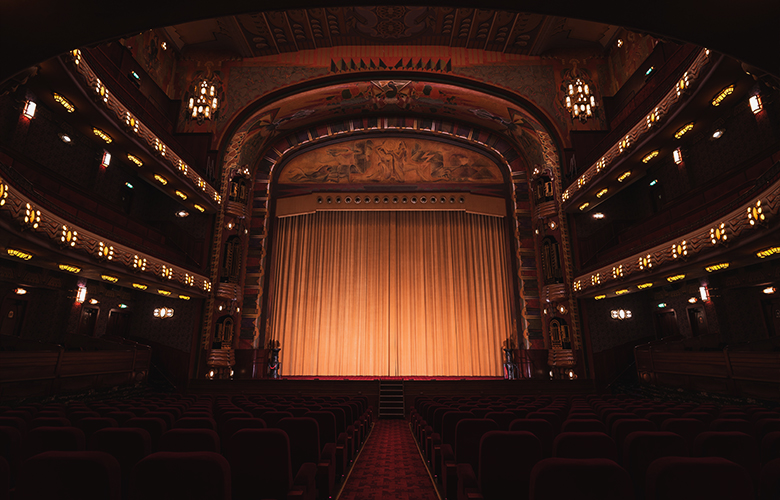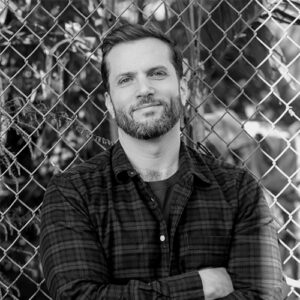
It’s almost impossible to concentrate on what’s in front of us right now. We’re all so overloaded with stimuli that the average attention span has shrunk to goldfish lengths. My husband scolds me on a daily basis for scrolling through my phone as I half-engage with whatever TV show we’re watching. I sometimes find myself being surprised by plot points that occurred months ago because I was playing Best Fiends when they were introduced. That’s why I’ve always loved seeing movies in the theater. I turn my phone off, the lights go down and I’m laser focused on the giant screen in front of me for two hours.
Unfortunately, many other cinemagoers are not as disciplined. I’ve seen people read the New York Post on gigantic iPads in the middle of a dark movie theater. Drinks and snacks are an essential part of the movie theater experience, but they create non-stop ambient noise. I also live in New York City and New Yorkers love to have full, one-sided conversations with characters in movies and are more than willing to loudly explain mundane plot points to their companions. So where can anyone go to have a chance of consuming entertainment without being distracted by their devices and their fellow culture enthusiasts? The theater.
The most obvious difference between theatrical performances and other art forms is a stricter adherence to rules of etiquette. Unlike concert goers, theater audiences cannot take photos or videos, carry on casual conversations or move around the room during a performance. There is tremendous pressure to avoid disruptive behavior. Continued casual disruption will result in scolding from fellow theater patrons or even actors (I see you, Patti LuPone…). In the most disruptive instances, patrons will be asked to leave the theater. Of course, anyone who has ever visited a theater can tell you that a handful of individuals will inevitably flout the rules and cause disturbances, but these interruptions are relatively rare and generally short lived. And fear of public shaming is only a part of the equation.
The symbiotic relationship between stage performers and their audiences is so powerful that no two performances of a play are ever exactly the same. When you go to the theater, you are experiencing a version of that production that cannot ever exist again. The actors feed off the energy coming from you and your fellow audience members and vice versa. When an audience is entranced by a play, the feeling onstage is electric. The best nights I’ve had as a performer are those when the crowd has truly understood and engaged with what they are watching. They laugh at the right moments and a stillness descends when smaller, more intimate moments play out. When actors leave the stage and know that they’ve had a great show, it is in large part due to that kind of unwavering attention. When the actors are happy, the audience benefits too. They’re watching that production at its best.
I attended a performing arts high school where our productions were filmed for posterity, but we weren’t allowed to show the recordings to anyone outside of the class. The head of the theater department told us that this was because theater was an ephemeral medium.
You can’t replicate that experience by watching it back after the fact because it’s drained of the energy that’s exchanged between the actors and the audience. That’s the magic of live performance. Being an audience member is a super power. It’s an ancient energy that people have been generating in theaters for thousands of years. The collective attention of a room full of strangers can subtly change the course of the play they’re watching together. It’s a passive and mostly involuntary interactivity, but it’s a huge part of the fuel that feeds actors as they perform. The key ingredient is togetherness and we’ll only get it back when it’s safe for us to congregate again.
It’s been just over a year since COVID forced all New York theaters to close. The cruel nature of this disease and it’s rampant transmission mean that our stages will be some of the last arts venues to reopen, but there is hope on the horizon. I desperately miss the theater. As soon as we are all vaccinated and it is safe for us to share enclosed spaces again, I will be the first in line to see any and every play available. I cannot wait to find my seat amongst the chattering masses and feel the rush of excitement as the lights go down. In that moment, we’ll cease to be individuals. We’ll be a single organism, laser focused on the story unfolding before us and collectively generating an energy that will subtly dictate its course.
The Spark Parade: Art Is A Mirror


Adam Unze is an actor, voice artist and podcaster based in New York City. On his weekly podcast The Spark Parade, he geeks out with artists and entertainers about the single cultural work that's most inspired them.
Read Full Profile© 2021 TheatreArtLife. All rights reserved.

Thank you so much for reading, but you have now reached your free article limit for this month.
Our contributors are currently writing more articles for you to enjoy.
To keep reading, all you have to do is become a subscriber and then you can read unlimited articles anytime.
Your investment will help us continue to ignite connections across the globe in live entertainment and build this community for industry professionals.